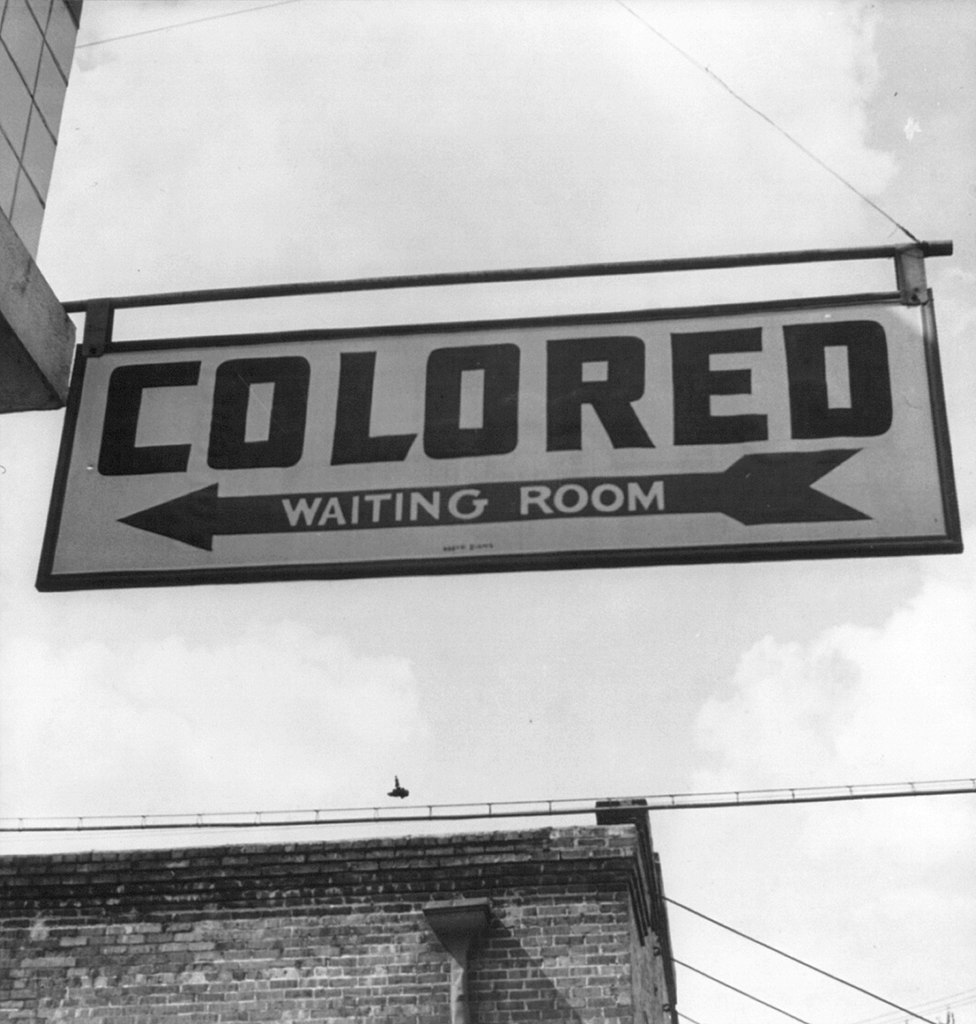On August 13, 1946, the Hill-Burton Act was signed into law by President Harry S. Truman. The bill, known formally as the Hospital Survey and Construction Act, was a Truman initiative that provided construction grants and loans to build hospitals where they were needed and would be sustainable. The Hill-Burton Act particularly impacted the South, where many of the facilities utilizing Hill-Burton funds were built, but the law codified the idea of “separate-but-equal” in hospitals. While outright discrimination against Black patients was not allowed, separate-but-equal facilities were built where Black and white patients were segregated by race.
After the National Association for the Advancement of Colored People (NAACP) spearheaded several lawsuits aimed to eliminate discrimination in hospitals, a federal court challenge overturned the “separate-but-equal” aspect of Hill-Burton in 1963. The act influenced hospital desegregation by denying funds to segregated institutions.
For more information on the Hill-Burton Act, see: https://www.ncbi.nlm.nih.gov/pmc/articles/PMC1448322/, The Hill-Burton Act and Civil Rights: Expanding Hospital Care for Black Southerners, 1939-1960 by Karen Kruse Thomas and https://www.npr.org/sections/health-shots/2016/10/02/495775518/a-bygone-era-when-bipartisanship-led-to-health-care-transformation.
